Understanding Large-Cap Dividend Stocks
Introduction
Large-cap dividend stocks offer investors a compelling mix of stability and consistent income, making them a cornerstone of many portfolios. These stocks belong to well-established companies with a strong market presence and a proven track record of rewarding shareholders through regular dividend payments. Investors favor large-cap dividend stocks for their ability to generate passive income while maintaining growth potential, often outperforming broader markets during periods of volatility. Historically, companies with reliable dividends have demonstrated resilience, providing steady returns even amid economic uncertainties. This combination of income and security makes them a preferred choice for long-term wealth accumulation.
Benefits of Investing in Large-Cap Dividend Stocks
Large-cap dividend stocks provide investors with a reliable foundation for portfolio stability. These companies, often valued at over $10 billion, have well-established business models and strong financials, making them less susceptible to market volatility. Their size and industry dominance allow them to navigate economic downturns more effectively than smaller firms, offering investors a sense of security in uncertain times. Stocks like Johnson & Johnson JNJ and Procter & Gamble PG exemplify this resilience, maintaining steady performance even during market fluctuations. Beyond stability, large-cap dividend stocks generate consistent income through regular dividend payouts.
Investors seeking passive income often favor these stocks for their predictable cash flow, which can be reinvested or used to supplement earnings. Companies such as Coca-Cola KO and Verizon VZ have a history of rewarding shareholders with dependable dividends.
Long-term capital appreciation is another key advantage of investing in large-cap dividend stocks. While these companies may not experience rapid growth like smaller firms, their ability to generate consistent revenue and reinvest in expansion supports gradual stock price appreciation. Firms such as Microsoft MSFT and McDonald's MCD have demonstrated strong long-term growth while maintaining reliable dividend payments.
Sources:
Investopedia
Money Smart Guides
Key Metrics for Evaluating Dividend Stocks
Dividend yield is a crucial metric for assessing the income potential of a dividend stock. It represents the annual dividend payment as a percentage of the stock's current price, helping investors gauge the return on their investment. Companies like AT&T T and ExxonMobil XOM are known for their attractive dividend yields, making them appealing choices for income-focused investors. The payout ratio is another key factor in evaluating dividend stocks. A lower payout ratio suggests that a company retains enough earnings for growth while maintaining dividend payments. Firms like Apple AAPL and Visa V maintain conservative payout ratios, ensuring long-term dividend stability while reinvesting in business expansion.
Dividend growth rate and earnings stability further determine the reliability of a dividend stock. Companies with a consistent history of increasing dividends demonstrate financial strength and commitment to shareholders. Stocks such as Johnson & Johnson JNJ and Microsoft MSFT have shown steady dividend growth over the years, reinforcing investor confidence.
Sources:
Investopedia
Investing.com
Top Large-Cap Dividend Stocks to Consider
Investors seeking stable income and long-term growth often turn to large-cap dividend stocks. These companies, typically valued at over $10 billion, have established market positions and a history of consistent dividend payments. Financial sector leaders like JPMorgan Chase JPM and Bank of America BAC offer strong dividend yields backed by robust earnings. Meanwhile, consumer goods giants such as Procter & Gamble PG and Coca-Cola KO maintain steady payouts, making them attractive options for income-focused investors. Industry-wise, healthcare stocks provide both stability and growth potential. Companies like Johnson & Johnson JNJ and Pfizer PFE have demonstrated resilience through economic cycles while maintaining reliable dividend distributions. In the energy sector, ExxonMobil XOM and Chevron CVX continue to reward shareholders with strong dividends, benefiting from global demand for oil and gas.
Companies with a track record of increasing dividends over time signal financial strength and commitment to shareholders. Stocks such as Microsoft MSFT and McDonald's MCD have consistently raised their payouts, reinforcing investor confidence. By focusing on firms with strong fundamentals and a history of dividend growth, investors can build a portfolio that balances income generation with long-term appreciation.
Sources:
Yahoo Finance
Morningstar
Risks and Challenges
Market fluctuations can significantly impact large-cap dividend stocks, despite their reputation for stability. Economic downturns, interest rate changes, and geopolitical events can lead to stock price volatility, affecting investor confidence. Even well-established companies like JPMorgan Chase JPM and Procter & Gamble PG experience price swings due to broader market conditions. Dividend cuts and sustainability concerns pose another challenge for dividend investors. Companies facing financial difficulties or declining revenues may reduce or eliminate dividend payments to preserve cash flow. For example, firms in cyclical industries, such as energy and retail, may struggle to maintain dividends during economic downturns. Stocks like AT&T T have historically adjusted their dividend policies based on financial performance.
Sector-specific risks also play a crucial role in dividend stock performance. Industries such as healthcare and technology face regulatory changes, innovation challenges, and shifting consumer preferences that can impact profitability. Meanwhile, energy stocks like ExxonMobil XOM and Chevron CVX are influenced by oil price volatility and environmental regulations.
Sources:
Investopedia
UMA Technology
Strategies for Building a Dividend Portfolio
A well-balanced portfolio includes companies from various sectors, such as healthcare, consumer goods, and financials, to minimize exposure to industry-specific downturns. Investors often include stocks like Johnson & Johnson JNJ for healthcare stability, Procter & Gamble PG for consumer goods reliability, and JPMorgan Chase JPM for financial sector strength. Reinvestment strategies play a crucial role in maximizing long-term gains. Dividend reinvestment plans (DRIPs) allow investors to automatically reinvest dividends into additional shares, compounding returns over time. Companies like Microsoft MSFT and McDonald's MCD have historically rewarded shareholders who reinvest dividends, leading to significant portfolio growth.
Balancing growth and income ensures a portfolio remains resilient while generating passive earnings. Some dividend stocks offer high yields but limited growth, while others provide moderate dividends with strong appreciation potential. Investors may combine high-yield stocks like Verizon VZ with growth-oriented dividend payers like Apple AAPL to achieve a balance between income and capital appreciation.
Sources:
Investopedia Simply Safe Dividends
Conclusion
Large-cap dividend stocks offer a unique blend of stability, passive income, and long-term growth potential, making them a valuable addition to any investment portfolio. By carefully selecting companies with strong financials, consistent dividend payouts, and sector resilience, investors can mitigate risks while ensuring steady returns. Diversification and reinvestment strategies further enhance portfolio performance, allowing for compounding gains over time. While market fluctuations and dividend sustainability concerns exist, a well-structured approach helps investors navigate challenges effectively. With the right balance of growth-oriented stocks and high-yield dividend payers, investors can build a reliable portfolio that supports wealth accumulation and financial security for years to come.
Expert Analysis
Maximizing Returns with Large-Cap Dividend Stocks
Investing in large-cap dividend stocks is more than just chasing yield—it's about securing financial stability while benefiting from compounding returns. The key is selecting companies with strong fundamentals, consistent dividend growth, and a resilient business model. Investors should focus on firms with sustainable payout ratios and a history of weathering economic downturns while maintaining shareholder value.
📌Read More About:
Topic Article
Top Large Cap Stocks- https://stockbossup.com/pages/topics/large-cap
What Are Large US Cap Stocks?- https://stockbossup.com/pages/post/39045/understanding-large-us-cap-stocks-and-their-market-influence
What Are the Disadvantages of Large Cap Funds?- https://stockbossup.com/pages/post/38784/what-are-the-disadvantages-of-large-cap-funds
How Many Large Cap Stocks Are There?- https://stockbossup.com/pages/post/38786/how-many-large-cap-stocks-exist-a-comprehensive-market
What Percentage of the Market is Large Cap?- https://www.stockbossup.com/pages/post/38787/understanding-large-cap-stocks-market-share-and-investment-impact
Why Are Large Caps Outperforming?- https://www.stockbossup.com/pages/post/38788/why-large-cap-stocks-are-outperforming-market-trends-and-investment-insights
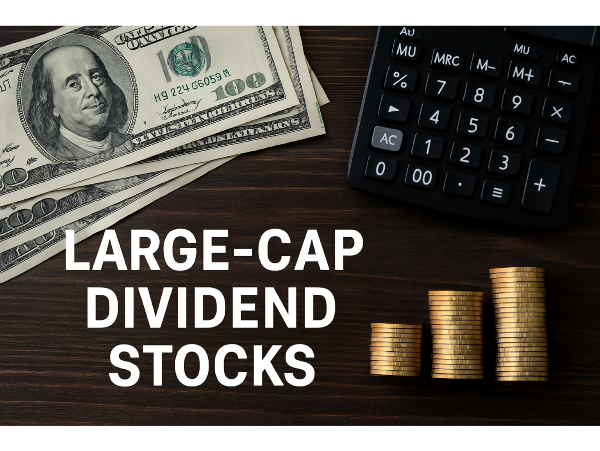

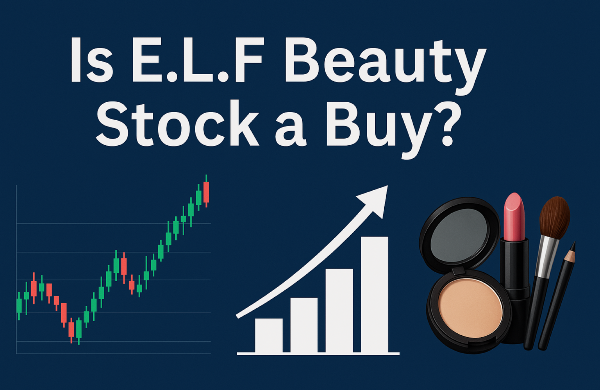
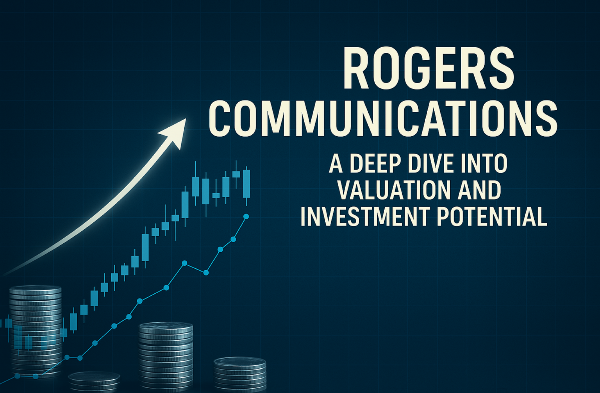
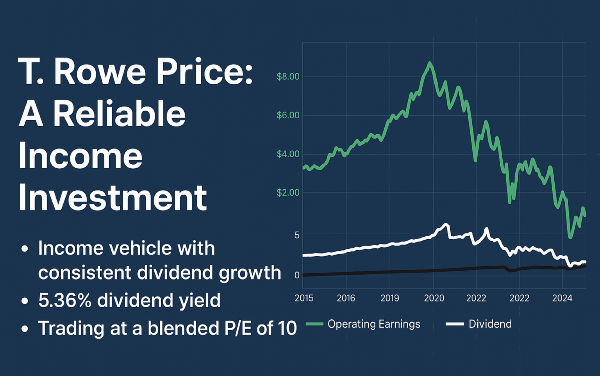
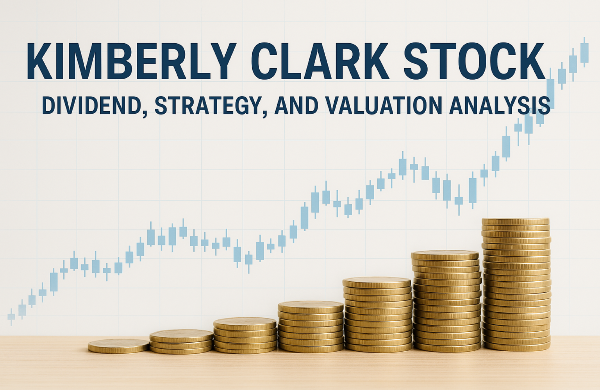

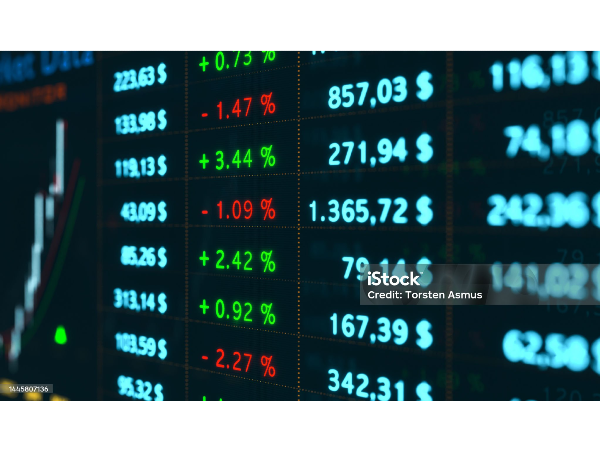


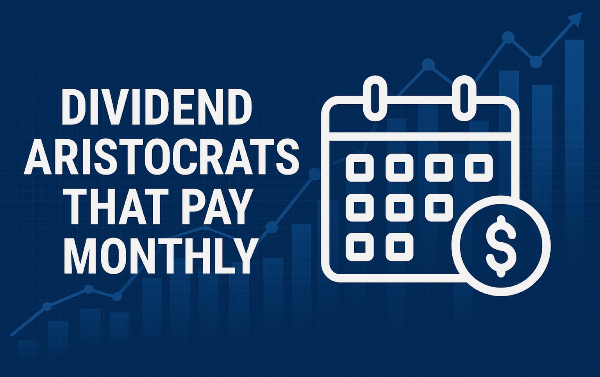
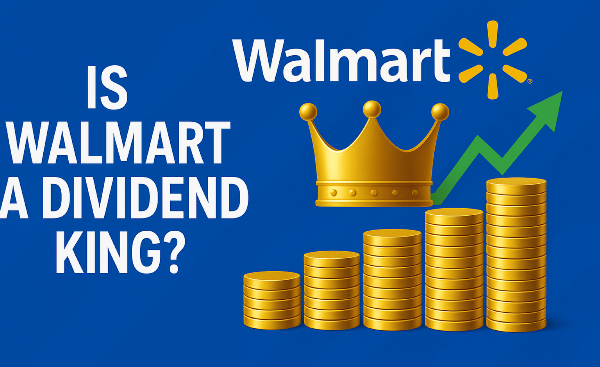
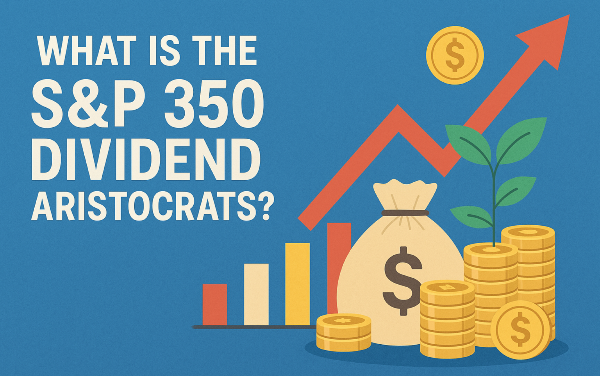
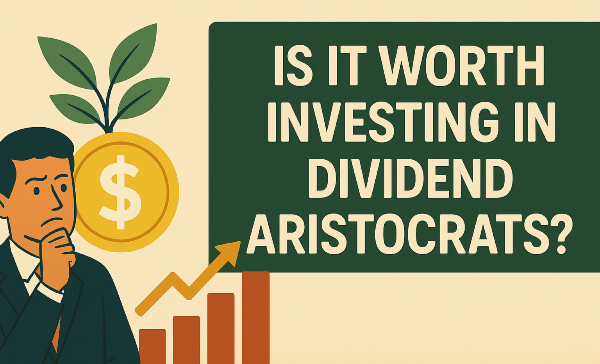
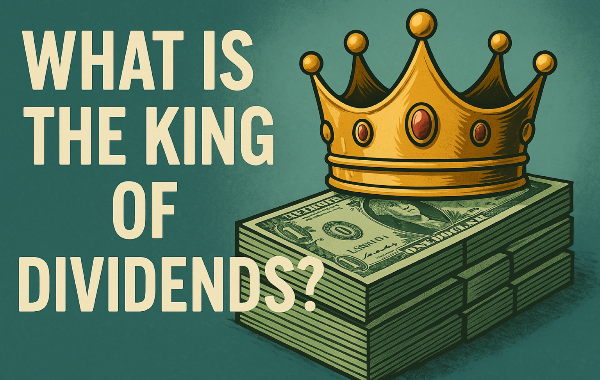
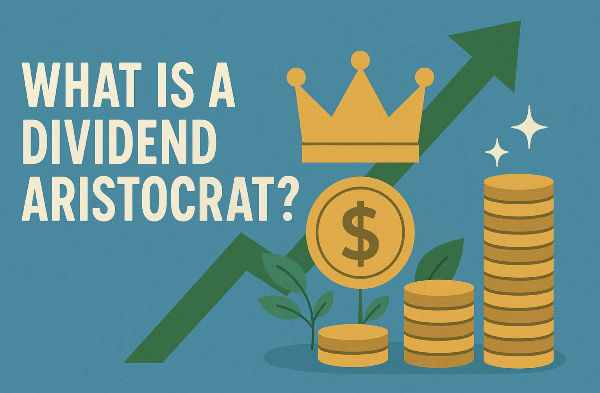
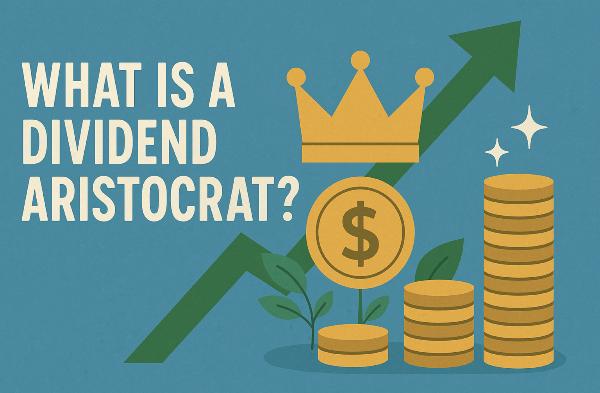
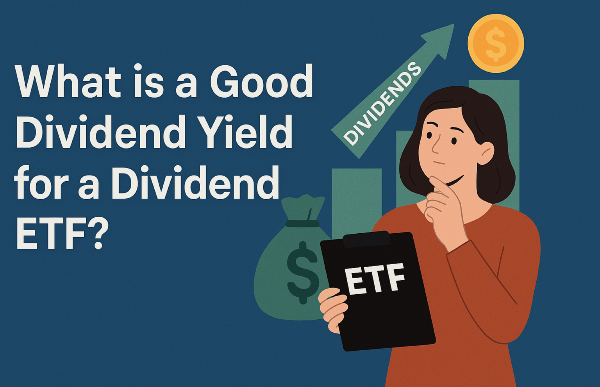
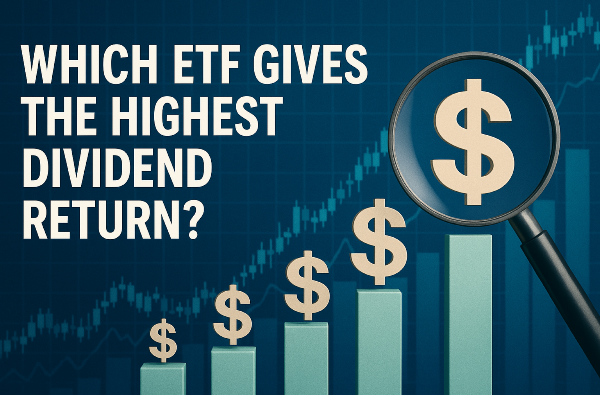
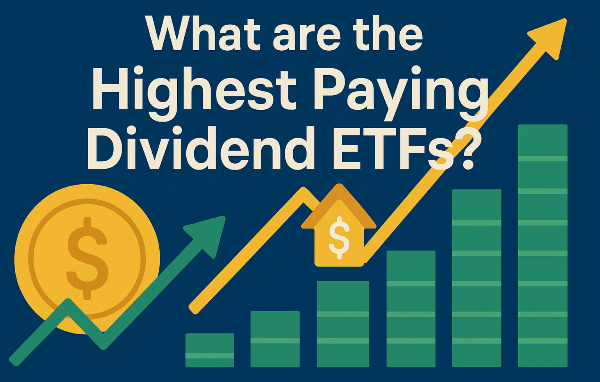
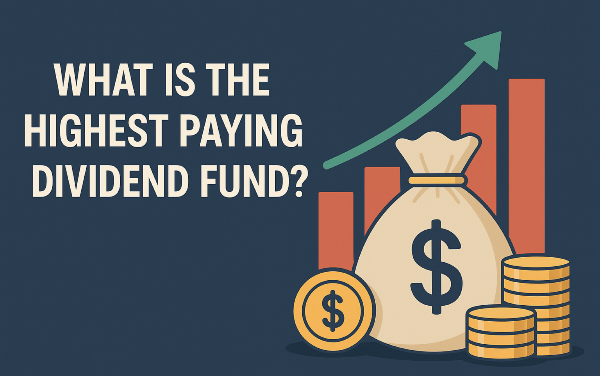
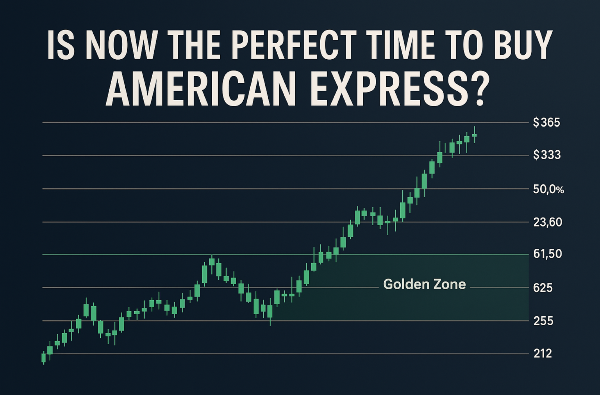








Understanding Large-Cap Dividend Stocks
Introduction
Large-cap dividend stocks offer investors a compelling mix of stability and consistent income, making them a cornerstone of many portfolios. These stocks belong to well-established companies with a strong market presence and a proven track record of rewarding shareholders through regular dividend payments. Investors favor large-cap dividend stocks for their ability to generate passive income while maintaining growth potential, often outperforming broader markets during periods of volatility. Historically, companies with reliable dividends have demonstrated resilience, providing steady returns even amid economic uncertainties. This combination of income and security makes them a preferred choice for long-term wealth accumulation.
Benefits of Investing in Large-Cap Dividend Stocks
Large-cap dividend stocks provide investors with a reliable foundation for portfolio stability. These companies, often valued at over $10 billion, have well-established business models and strong financials, making them less susceptible to market volatility. Their size and industry dominance allow them to navigate economic downturns more effectively than smaller firms, offering investors a sense of security in uncertain times. Stocks like Johnson & Johnson JNJ and Procter & Gamble PG exemplify this resilience, maintaining steady performance even during market fluctuations. Beyond stability, large-cap dividend stocks generate consistent income through regular dividend payouts.
Investors seeking passive income often favor these stocks for their predictable cash flow, which can be reinvested or used to supplement earnings. Companies such as Coca-Cola KO and Verizon VZ have a history of rewarding shareholders with dependable dividends. Long-term capital appreciation is another key advantage of investing in large-cap dividend stocks. While these companies may not experience rapid growth like smaller firms, their ability to generate consistent revenue and reinvest in expansion supports gradual stock price appreciation. Firms such as Microsoft MSFT and McDonald's MCD have demonstrated strong long-term growth while maintaining reliable dividend payments.
Sources:
Investopedia Money Smart Guides
Key Metrics for Evaluating Dividend Stocks
Dividend yield is a crucial metric for assessing the income potential of a dividend stock. It represents the annual dividend payment as a percentage of the stock's current price, helping investors gauge the return on their investment. Companies like AT&T T and ExxonMobil XOM are known for their attractive dividend yields, making them appealing choices for income-focused investors. The payout ratio is another key factor in evaluating dividend stocks. A lower payout ratio suggests that a company retains enough earnings for growth while maintaining dividend payments. Firms like Apple AAPL and Visa V maintain conservative payout ratios, ensuring long-term dividend stability while reinvesting in business expansion.
Dividend growth rate and earnings stability further determine the reliability of a dividend stock. Companies with a consistent history of increasing dividends demonstrate financial strength and commitment to shareholders. Stocks such as Johnson & Johnson JNJ and Microsoft MSFT have shown steady dividend growth over the years, reinforcing investor confidence.
Sources:
Investopedia Investing.com
Top Large-Cap Dividend Stocks to Consider
Investors seeking stable income and long-term growth often turn to large-cap dividend stocks. These companies, typically valued at over $10 billion, have established market positions and a history of consistent dividend payments. Financial sector leaders like JPMorgan Chase JPM and Bank of America BAC offer strong dividend yields backed by robust earnings. Meanwhile, consumer goods giants such as Procter & Gamble PG and Coca-Cola KO maintain steady payouts, making them attractive options for income-focused investors. Industry-wise, healthcare stocks provide both stability and growth potential. Companies like Johnson & Johnson JNJ and Pfizer PFE have demonstrated resilience through economic cycles while maintaining reliable dividend distributions. In the energy sector, ExxonMobil XOM and Chevron CVX continue to reward shareholders with strong dividends, benefiting from global demand for oil and gas.
Companies with a track record of increasing dividends over time signal financial strength and commitment to shareholders. Stocks such as Microsoft MSFT and McDonald's MCD have consistently raised their payouts, reinforcing investor confidence. By focusing on firms with strong fundamentals and a history of dividend growth, investors can build a portfolio that balances income generation with long-term appreciation.
Sources:
Yahoo Finance Morningstar
Risks and Challenges
Market fluctuations can significantly impact large-cap dividend stocks, despite their reputation for stability. Economic downturns, interest rate changes, and geopolitical events can lead to stock price volatility, affecting investor confidence. Even well-established companies like JPMorgan Chase JPM and Procter & Gamble PG experience price swings due to broader market conditions. Dividend cuts and sustainability concerns pose another challenge for dividend investors. Companies facing financial difficulties or declining revenues may reduce or eliminate dividend payments to preserve cash flow. For example, firms in cyclical industries, such as energy and retail, may struggle to maintain dividends during economic downturns. Stocks like AT&T T have historically adjusted their dividend policies based on financial performance.
Sector-specific risks also play a crucial role in dividend stock performance. Industries such as healthcare and technology face regulatory changes, innovation challenges, and shifting consumer preferences that can impact profitability. Meanwhile, energy stocks like ExxonMobil XOM and Chevron CVX are influenced by oil price volatility and environmental regulations.
Sources:
Investopedia UMA Technology
Strategies for Building a Dividend Portfolio
A well-balanced portfolio includes companies from various sectors, such as healthcare, consumer goods, and financials, to minimize exposure to industry-specific downturns. Investors often include stocks like Johnson & Johnson JNJ for healthcare stability, Procter & Gamble PG for consumer goods reliability, and JPMorgan Chase JPM for financial sector strength. Reinvestment strategies play a crucial role in maximizing long-term gains. Dividend reinvestment plans (DRIPs) allow investors to automatically reinvest dividends into additional shares, compounding returns over time. Companies like Microsoft MSFT and McDonald's MCD have historically rewarded shareholders who reinvest dividends, leading to significant portfolio growth.
Balancing growth and income ensures a portfolio remains resilient while generating passive earnings. Some dividend stocks offer high yields but limited growth, while others provide moderate dividends with strong appreciation potential. Investors may combine high-yield stocks like Verizon VZ with growth-oriented dividend payers like Apple AAPL to achieve a balance between income and capital appreciation.
Sources:
Investopedia Simply Safe Dividends
Conclusion
Large-cap dividend stocks offer a unique blend of stability, passive income, and long-term growth potential, making them a valuable addition to any investment portfolio. By carefully selecting companies with strong financials, consistent dividend payouts, and sector resilience, investors can mitigate risks while ensuring steady returns. Diversification and reinvestment strategies further enhance portfolio performance, allowing for compounding gains over time. While market fluctuations and dividend sustainability concerns exist, a well-structured approach helps investors navigate challenges effectively. With the right balance of growth-oriented stocks and high-yield dividend payers, investors can build a reliable portfolio that supports wealth accumulation and financial security for years to come.
Expert Analysis
Maximizing Returns with Large-Cap Dividend Stocks
Investing in large-cap dividend stocks is more than just chasing yield—it's about securing financial stability while benefiting from compounding returns. The key is selecting companies with strong fundamentals, consistent dividend growth, and a resilient business model. Investors should focus on firms with sustainable payout ratios and a history of weathering economic downturns while maintaining shareholder value.
📌Read More About:
Topic Article Top Large Cap Stocks- https://stockbossup.com/pages/topics/large-cap
What Are Large US Cap Stocks?- https://stockbossup.com/pages/post/39045/understanding-large-us-cap-stocks-and-their-market-influence
What Are the Disadvantages of Large Cap Funds?- https://stockbossup.com/pages/post/38784/what-are-the-disadvantages-of-large-cap-funds
How Many Large Cap Stocks Are There?- https://stockbossup.com/pages/post/38786/how-many-large-cap-stocks-exist-a-comprehensive-market
What Percentage of the Market is Large Cap?- https://www.stockbossup.com/pages/post/38787/understanding-large-cap-stocks-market-share-and-investment-impact
Why Are Large Caps Outperforming?- https://www.stockbossup.com/pages/post/38788/why-large-cap-stocks-are-outperforming-market-trends-and-investment-insights